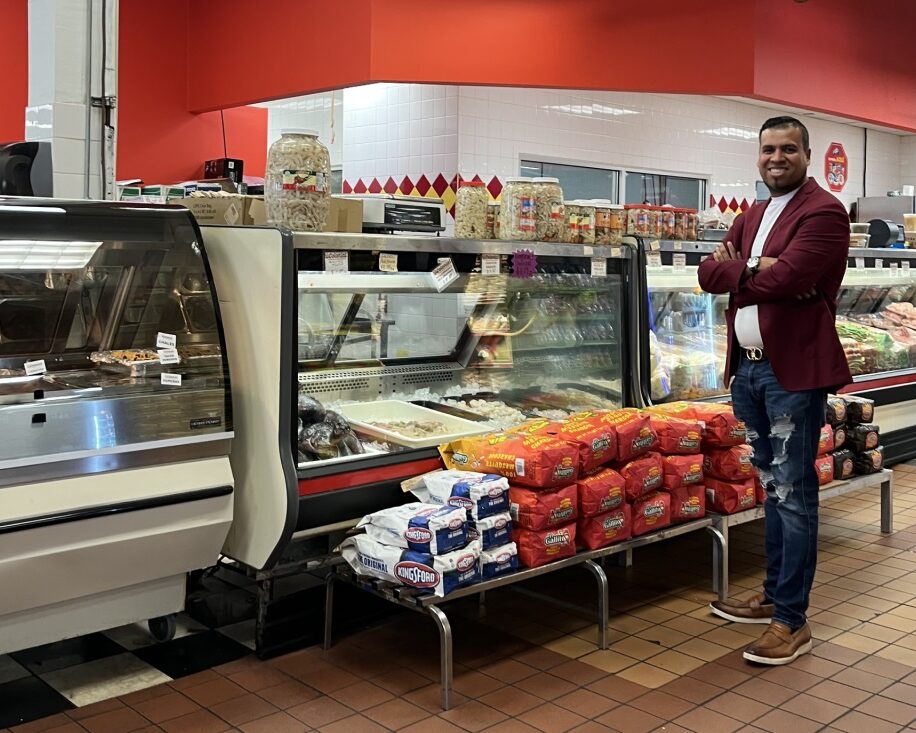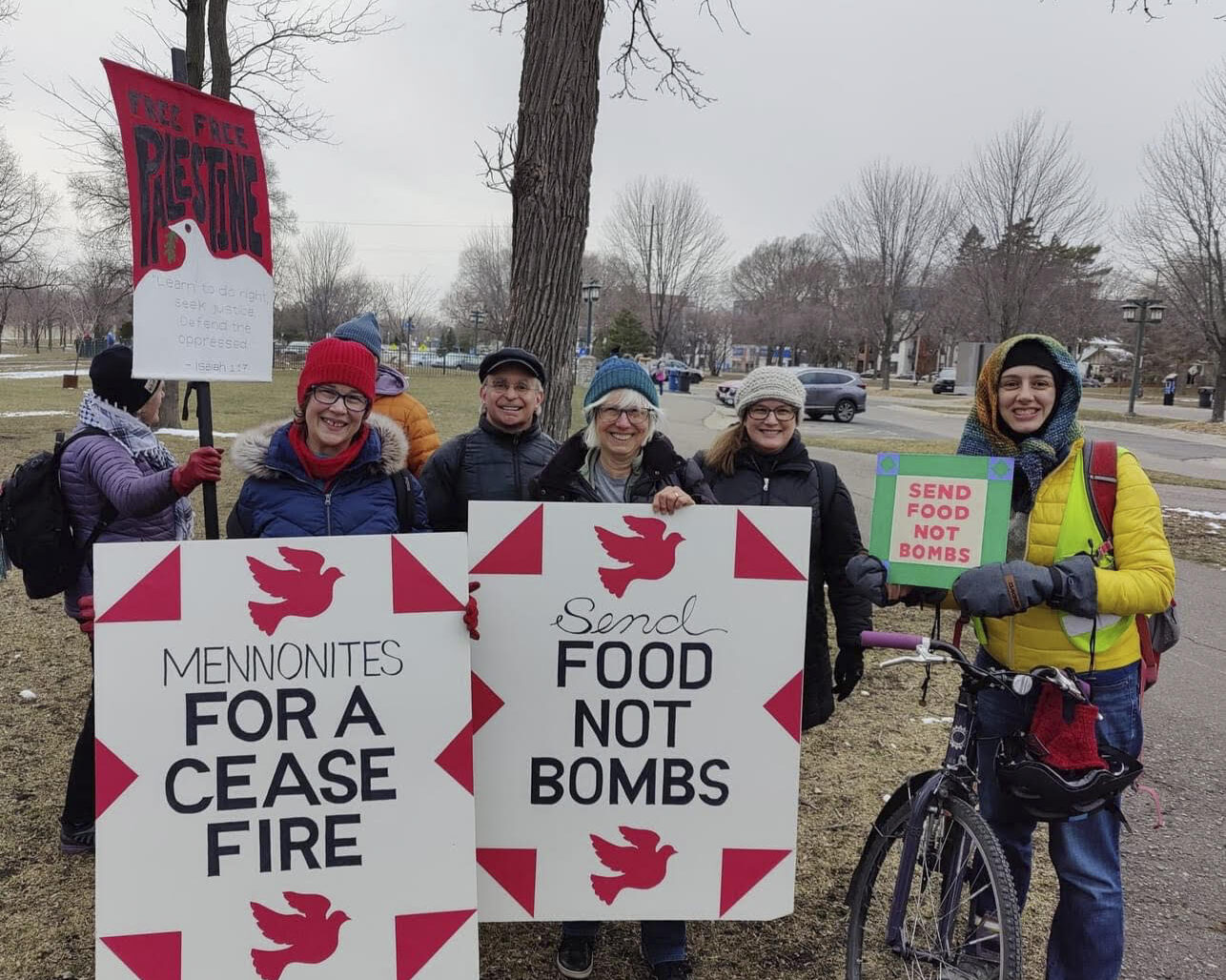 Since 1840, St. Paul has taken on different identities: frontier hamlet, steamboat burg, provincial capital, railroad boomtown, city in stagnation, city in decline, city in revival.
Since 1840, St. Paul has taken on different identities: frontier hamlet, steamboat burg, provincial capital, railroad boomtown, city in stagnation, city in decline, city in revival.
These transformations have left their marks all over town. Nowhere can one see them better than on Selby Avenue.
Follow Selby Avenue from where it begins with the remnants of the empire-building years of the late 19th-century atop Cathedral Hill. Here lived people of wealth, ambition and ostentation. A little farther along, there are vestiges of the city’s expansion along streetcar lines. As St. Paul boomed in the late 19th-century, housing and commerce marched west across what must have seemed to developers an endlessly spacious prairie.
The relative density of Cathedral Hill gives way to rows of single-family houses. Then come signs of the stagnation of the mid-20th century and the decline and devastation of the 1950s and 1960s—empty lots—and signs of recent revival as well. And finally, around Snelling Avenue, evidence of St. Paul’s more recent identity as a city of inviting neighborhoods. It is all there for people interested to see it
WHO WAS SELBY?
Born in Ohio in 1820, Jeremiah W. Selby arrived in St. Paul in 1849 and purchased a 40-acre plot on St. Anthony Hill, the present day site of the Cathedral, for $50 an acre.
Fittingly, Selby was described by his peers as “industrious, economical and thrifty.” After farming potatoes, Selby went on to serve in the Minnesota Territorial House of Representatives. Selby Avenue was part of Jeremiah W. Selby’s homestead; the street was platted and named after him in 1854. Selby died one year later.
The best place to begin an exploration of Selby Avenue is where the street begins, at its intersection with Summit Avenue. This is the edge of what St. Paul’s early residents called St. Anthony Hill. The site offers one of city’s best views: to the north, the Capitol; to the east, downtown below and Dayton’s Bluff in the distance; to the southeast, Cherokee Heights. The observer blessed with imagination may see it as it was before transformed by the human hand: the tree-lined river gorge, the great turn of the river to the south, low hills rising on the left, white cliffs, sandbars in the channel, wetlands and woods where downtown now stands, and prairie in the distance.
Today the inescapable presence that dominates this part of the skyline is the Cathedral of St. Paul. Begun in 1906 and dedicated in 1915, the Cathedral was the last of Archbishop John Ireland’s great works. Designed by the Frenchman Emmanuel Masqueray, it is hard, all granite and marble; somber, in shades of gray; and vast, soaring both outside and in. Nothing like it will be built again.
Signs of past wealth and ostentation begin just west of the Cathedral, in the surrounding Cathedral Hill neighborhood. St. Paul’s early elite favored this location—higher, drier and quieter than downtown below. They built mansions, elegant apartments and imposing residential hotels. Many of these buildings remain.
At the corner of Selby Avenue and Western Avenue (so named because it once marked the city’s western edge), a handful of landmarks recall this grander time: the Cass Gilbert-designed Virginia Street Swedenborgian Church, the Dacotah Building and the Blair Flats, once a residential hotel (The Angus) that miraculously evaded the wrecking ball. Several more excellent buildings look out on nearby Frank Boyd Park (named for an African American labor leader). This part of town has an old-city feel hard to find elsewhere in St. Paul.
Electric streetcar service began in St. Paul in 1890. Three streetcar lines ranged west from St. Anthony Hill along Grand Avenue, Rondo Avenue and Selby Avenue. People filled the neighborhoods, and businesses followed the people, clustering along the streetcar lines. Each of these commercial corridors had its own character. Selby Avenue businesses catered to people’s daily needs: food, clothing and services. By 1930, roughly the peak of streetcar commerce, there were nearly a hundred businesses on Selby Avenue between Western Avenue and Lexington Parkway—groceries, confectioneries, cobblers, movie houses, butchers, pharmacies and dressmakers. The Selby-Dale corner was the hub: At one time there were 26 businesses on a single block. This intersection was also a center of Jewish commerce: Proprietors named Levy, Cohen, Braufman, Eisenberg, Herman and Katz ran stores there.
Streetcar Tunnel
 Streetcar service began on Selby Avenue in 1890. St. Anthony Hill, however, proved to be a vexatious impediment; the steep grade made for slow and hard going, especially in winter. At about the same time that work began on the Cathedral of St. Paul, the city began digging a solution to the streetcar problem: the Selby Tunnel. It opened in 1907, taking people from the base of St. Anthony Hill beneath Selby Avenue to an opening near Nina Street. Streetcars used the tunnel until their demise in the early 1950s. The tunnel closed in 1959, but its lower entrance can still be seen, just down the slope from the Cathedral.
Streetcar service began on Selby Avenue in 1890. St. Anthony Hill, however, proved to be a vexatious impediment; the steep grade made for slow and hard going, especially in winter. At about the same time that work began on the Cathedral of St. Paul, the city began digging a solution to the streetcar problem: the Selby Tunnel. It opened in 1907, taking people from the base of St. Anthony Hill beneath Selby Avenue to an opening near Nina Street. Streetcars used the tunnel until their demise in the early 1950s. The tunnel closed in 1959, but its lower entrance can still be seen, just down the slope from the Cathedral.






















